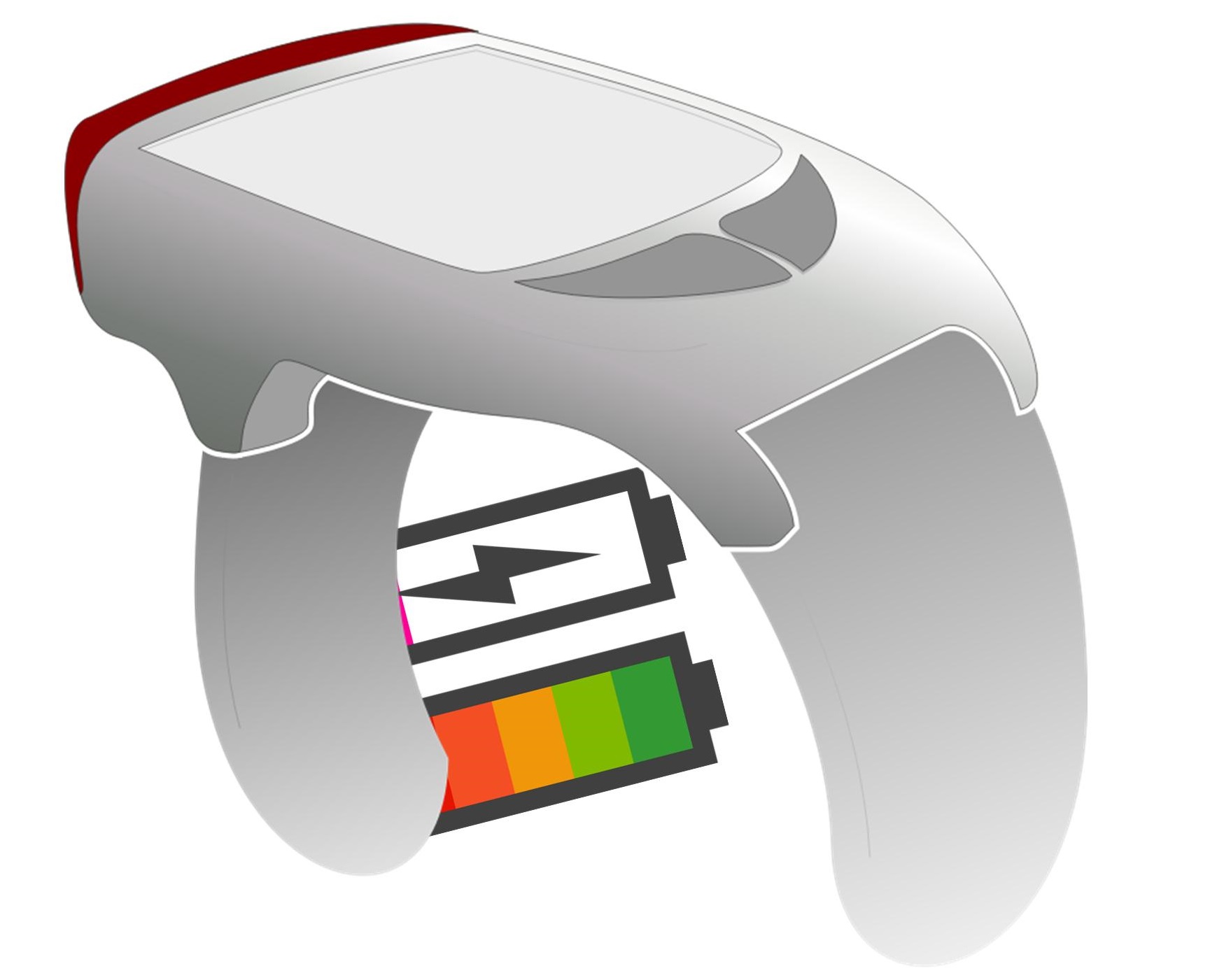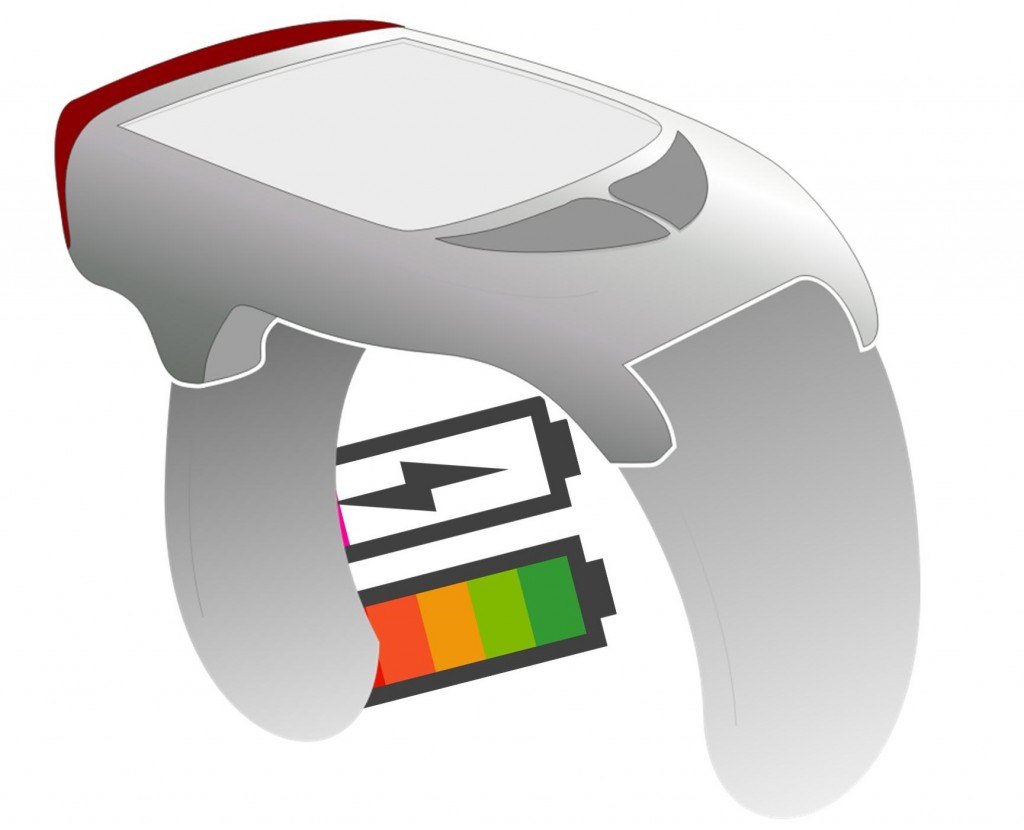Companies are grappling to boost the length of time wearable technology must go between charges.
While tech companies strive to come up with new battery life solutions that will make it possible to increase the practicality of owning and using wearable technology such as smartwatches, many people are coming up with their own ways to enjoy the devices without having to struggle with their limitations.
The main issue linked with the operation of wearables is that most of them don’t last longer than a day.
Having to recharge wearable tech every day can be a turn-off for many consumers who would rather not have to rely on their ability to remember to plug their devices in every single night in order to make sure they won’t run out of battery life the next day. However, many people have found ways to work around these challenges while the companies behind them work hard to be able to overcome the struggle of producing a tiny battery that will offer enough power. Mainly, the secret to the success of recharging these devices on time has had to do with the use of external battery chargers.
These power banks make sure wearables will have adequate battery life even when they’re not plugged into a wall.
Furthermore, because the batteries in wearable technology aren’t nearly as large as those in the most popular smartphones and tablets, it means that they can recharge quite quickly and easily with a good quality portable battery charger, and that they don’t need to rely on a massive backup power pack to get the job done.
While the ideal for these devices – which often need to be recharged every 8 to 12 hours when they are used in the typical way – is to be recharged overnight, it can be easy to forget to do this on occasion, and many device owners need their gadgets to keep going for longer than two thirds to half the day.
The key to ongoing battery life in wearables has been to use high quality, slim external battery chargers that are small and light enough to fit in a pocket but that can provide several recharges before it must be plugged in, itself.

